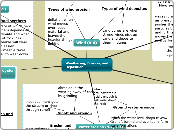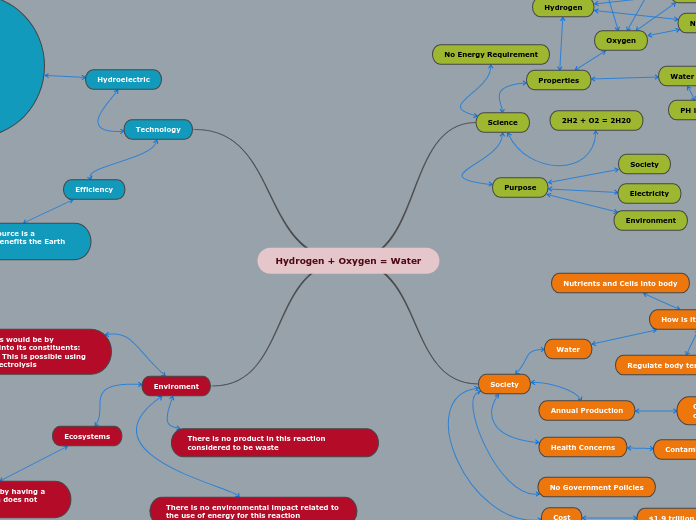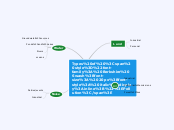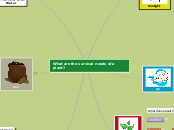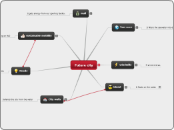Weathering, Erosion, and Deposition
Wind (9-6)
Types of wind deposites
sand dunes are when strong winds pick up sand and deposite them in dunes
loess is when the sand picks up soil and deposites it in airated piles
Types of wind erosion
abrasion when wind scrapes along rocks and can polish them(causes little erosion)
deflation when wind moves over loose material and leaves the heavier things behind
Erosion/deposition cycle(9-1)
Mass movement
mudflow
creep
slump
landslide
Cycle of erosion and deposition
erosion is the wearing down and moving of sediment from one place to another
deposition is where the forces of eroson deposite or lay down sediment
Waves (9-5)
Deposites by waves
Longshore drift
The process where sediment is moved down the beach with the current
Landforms created by erosion
Sea Arch where the wave has eroded through rock
Sea Stack where a sea arch has collapsed leaving a rock rising out of the ocean
Sea Stump where a sea stack has been aroded pasta certain point
sea cave where waves create an indentation in a cliff
Beach where sediment has been deposited
Erosion by waves
impact is when the wave crashes against the shore
direction change is when the sudden change in direction along the shore erodes the land
abrasion is when the wave picks up sand and erodes the shore like sandpaper
How waves form
waves form when air pressure pushes the particles back and forth and moves the energy forward
Wethering (8-1)
wethering and erosion
the removal of particles by wind, water, ice, or gravity
weathering is the wearing down of rock and sediment
mechanical wethering
The type of weathering in which rock is physically broken into smaller pieces.
Chemical wethering
The process that breaks down rock through chemical changes.
Rate at Wich Rock wethers
the rate at which rock weathers depends on the climate and what type of rock it is permeable will wear down easier impermeable takes longer to wear down.
Water erosion (9-2/9-3)
Erosion by Rivers
How water erodes
water erosion depends on ...
vegetation
water content of soil
porosity and permeability of the rock
the slope of the land
intensity of rainfall
Erosion and sediment load
most sediment come from runoff but can also come from the bottom and sides of the river as well as wind.
Ground water erosion
when the water level drops cavesw are left behind and eventually form cave formations
columns form whent he two meet
stalagmites form on the cave floor
stalagtites form at the top of the cave
when groundwater is acidic enough it will wear down the rock
Runoff and erosion
most sediment gets in the stream or river through runoff
abrasion is the wearing away of rock by grinding
Glaciers (9-4)
Glacial deposition
Whena glacier gets to the oceanit melts and deposites its sediment into various landforms
Process of glacial erosion
valley glaciers form at the tops if high mountians and move downward(creating moraines) and eventually melt into the ocean and eposite t he sedimen that they picked up along the way.
plucking is when the bottom of the glacier picks up stones and carves horrizontal lines in the bedrock
Types of Glaciers
valley glavciers form in valleys of mountains and and spread in one direction
continentel glaciers cover large islands or continents and spread out ward
